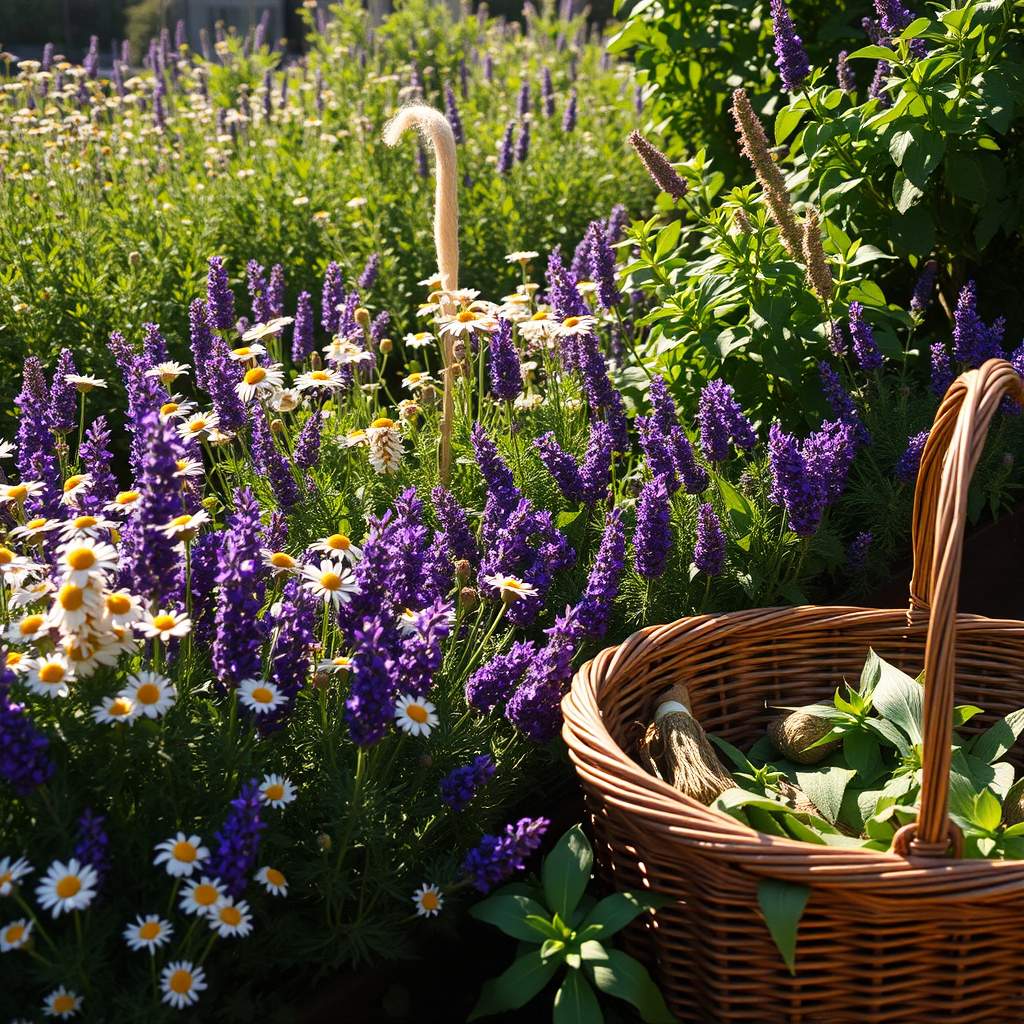The idea of a healing tea garden is as enchanting as it is practical. By cultivating your own garden filled with medicinal herbs and aromatic plants, you can brew soothing teas that promote health, relaxation, and vitality. Here’s how you can create a tranquil and therapeutic space with these 11 plants and experience the art of herbal alchemy firsthand.
Quickly Grow Your Tea Garden
Creating a tea garden doesn’t have to be complicated. Start small, with just a few select herbs, and gradually expand as you grow more comfortable with gardening and herbal care. Choose plants that align with your health needs and preferences. Many herbs are fast growers, providing you with a rewarding experience as you watch your garden flourish, and your pantry fill with your own dried tea blends.
Choosing the Perfect Spot for Your Healing Tea Garden
The success of your tea garden depends on choosing the right location. Most medicinal herbs thrive in well-drained soil and full sunlight, though some like partial shade. Consider planting your herbs in raised beds, containers, or directly in the ground, ensuring easy access for harvesting. Close proximity to your kitchen is ideal so you can quickly snip fresh herbs. Wind protection and companion planting to deter pests naturally will further enhance your garden’s vitality.
11 Healing Plants for Your Tea Garden
1. Tulsi (Holy Basil)
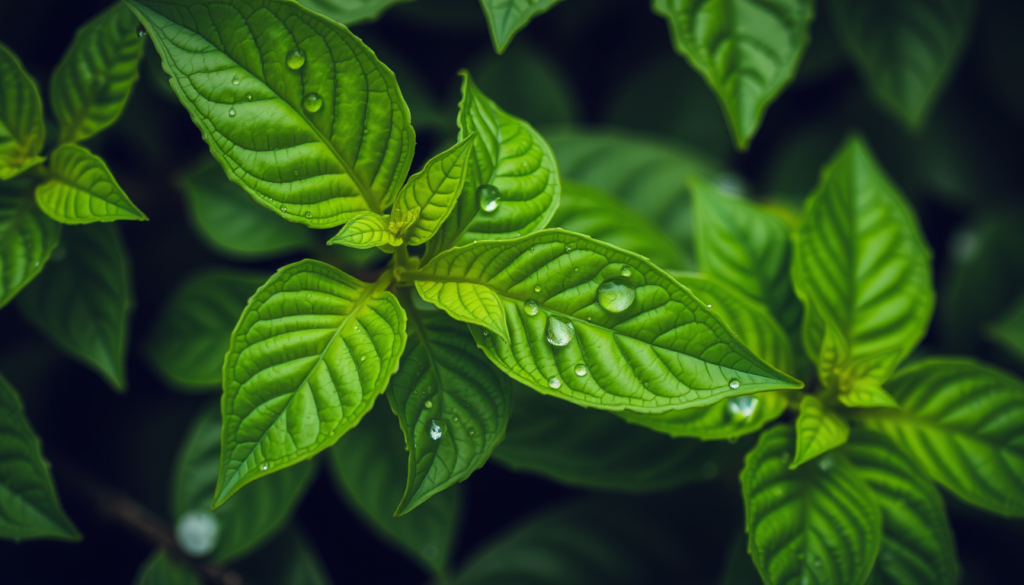
Tulsi, known as the “Queen of Herbs,” offers adaptogenic properties that help reduce stress and promote overall wellness. Its leaves make a fragrant tea with immune-boosting benefits. This resilient plant thrives in sunlight and can be grown indoors or out.
2. Chamomile
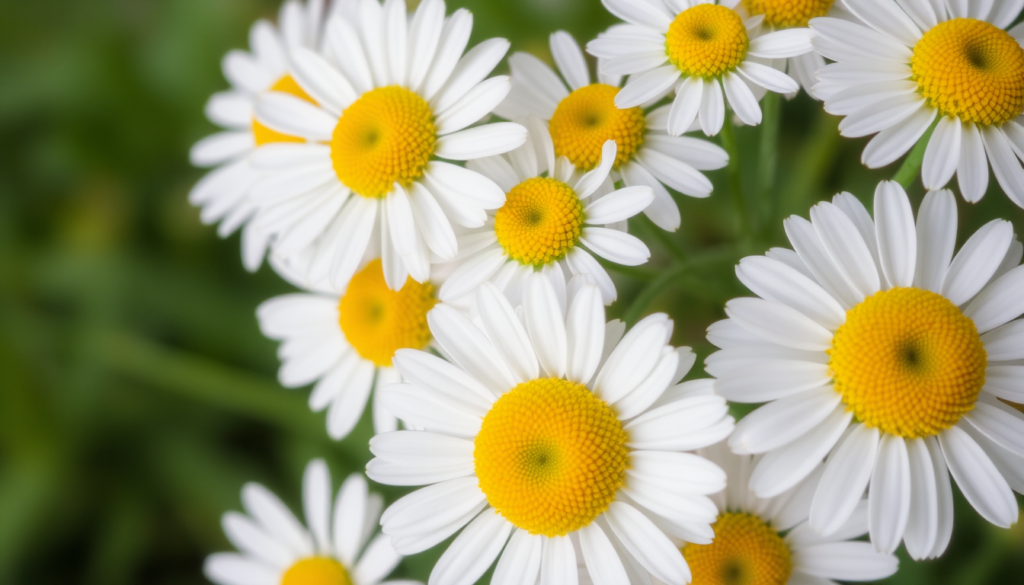
Chamomile’s dainty white flowers pack a powerful punch for relaxation and digestive health. A calming tea made from dried chamomile blossoms can help with insomnia and ease digestive troubles. Plant in full sun for optimal growth and enjoy its sweet apple-like aroma.
3. Peppermint
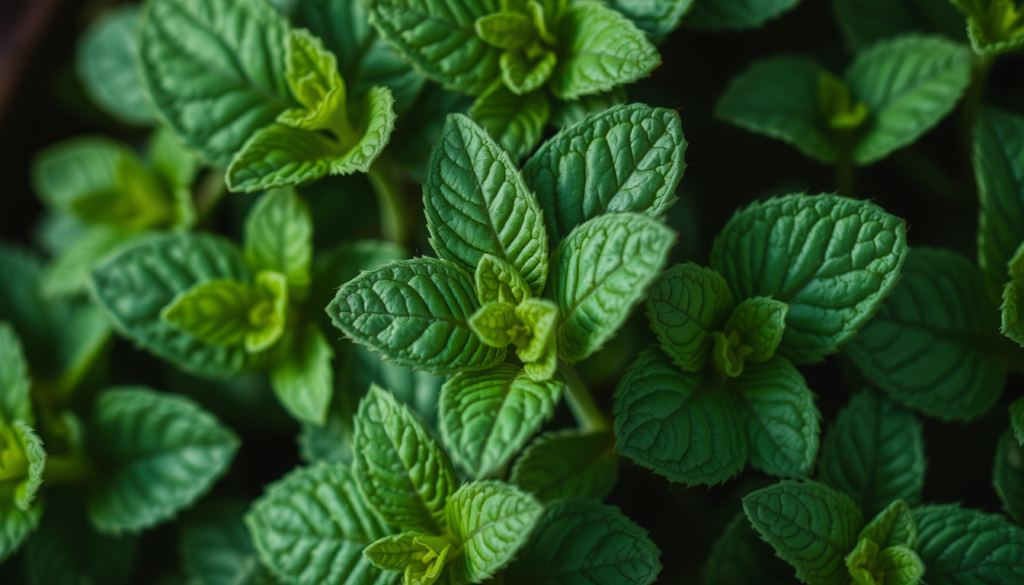
Peppermint’s invigorating scent and flavor make it a staple in any tea garden. Known for soothing digestive issues and relieving headaches, this hardy herb can spread rapidly, so consider planting it in a container. Harvest the leaves often for the freshest brews.
4. Lemon Balm
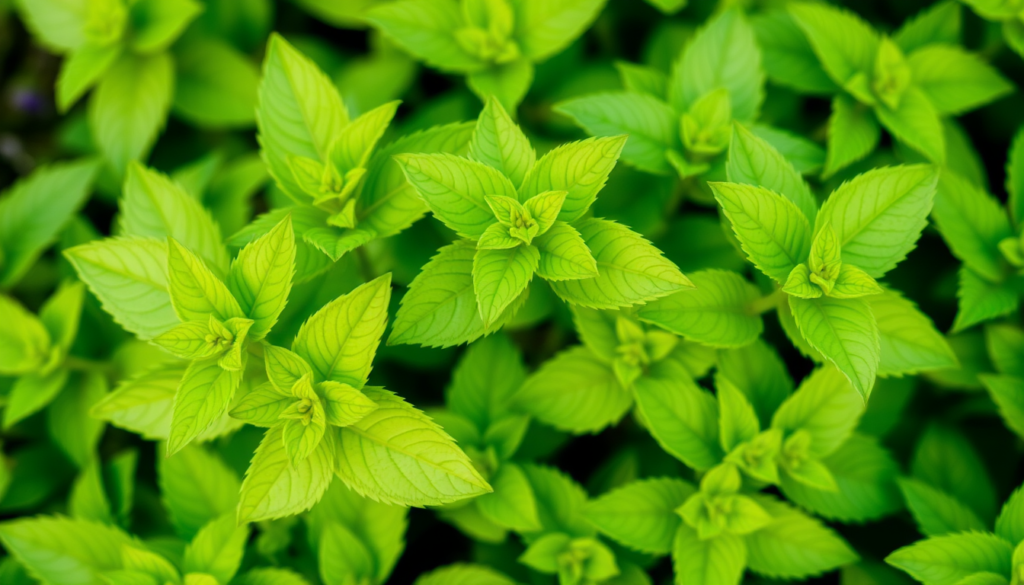
A member of the mint family, lemon balm is cherished for its uplifting, citrus-scented leaves that alleviate anxiety and promote restful sleep. This herb thrives in sunny locations but tolerates partial shade. Lemon balm tea is perfect for soothing frayed nerves.
5. Lavender

The unmistakable scent of lavender offers calm and serenity. It is commonly used to ease anxiety and promote better sleep. Steep dried flowers for a gentle, aromatic tea. This hardy perennial enjoys dry, sunny conditions and is a beautiful addition to any garden.
6. Echinacea
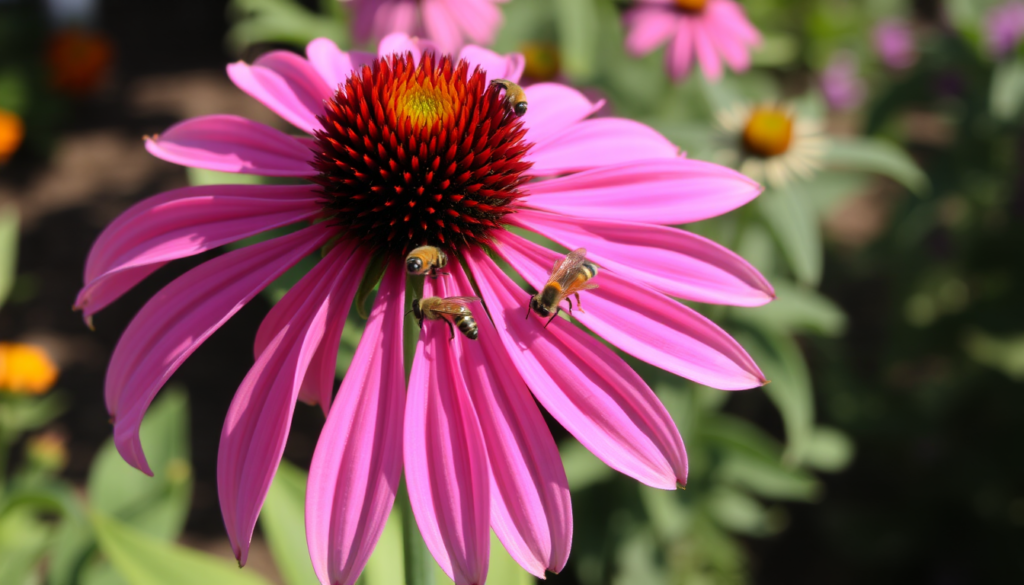
Echinacea, or coneflower, is revered for its immune-boosting properties. Often used as a preventative herb for colds and flu, its roots, flowers, and leaves all have medicinal value. Plant echinacea in a sunny spot with good drainage and watch it attract pollinators.
7. Sage
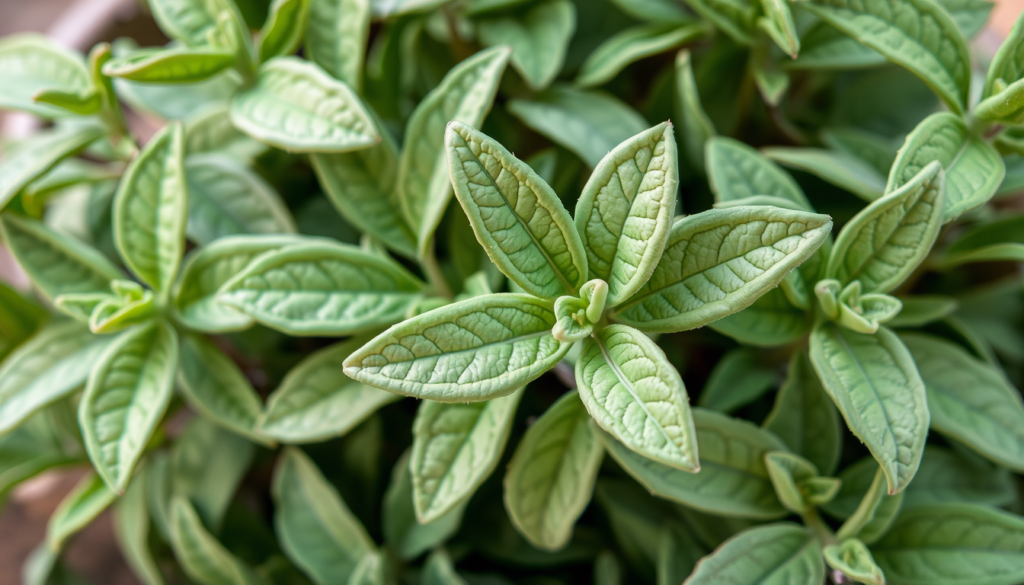
Sage offers more than just culinary flair; it provides immune support and anti-inflammatory benefits. Sage tea can soothe a sore throat and promote oral health. Grow sage in a sunny area with well-drained soil and harvest leaves when needed.
8. Thyme
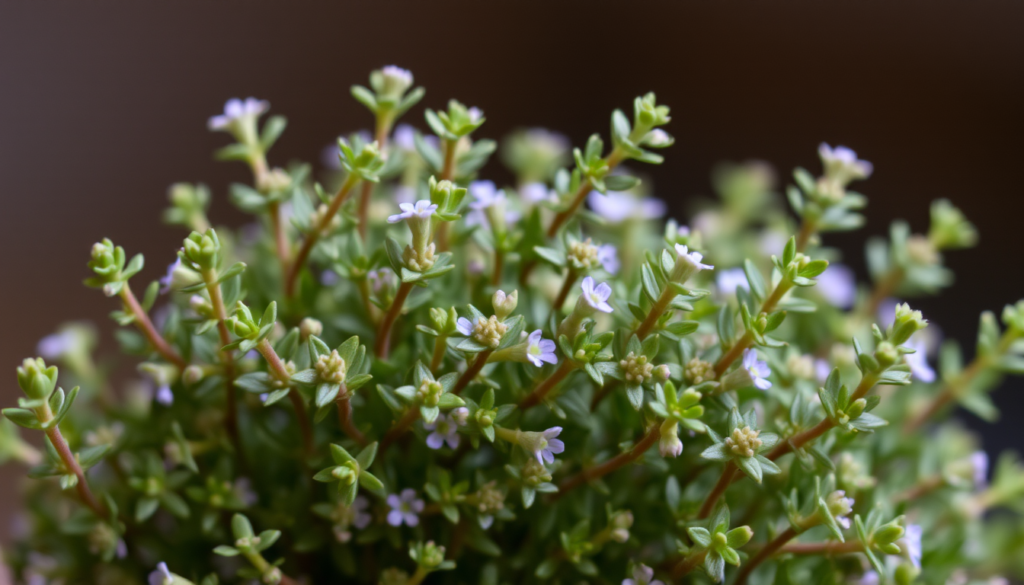
Thyme is rich in antioxidants and has strong antimicrobial properties. Thyme tea can alleviate coughs and sore throats, making it a winter staple. This perennial thrives in sunlight and adds both visual and medicinal value to your garden.
9. Fennel
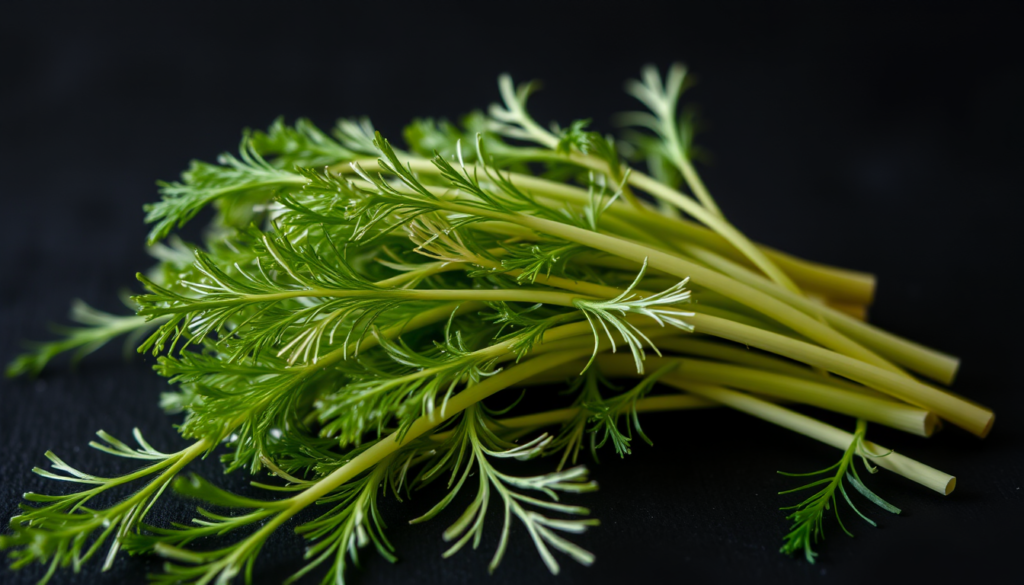
The sweet, licorice-like flavor of fennel seeds makes for a delightful digestive tea. Fennel aids in reducing bloating and indigestion. Grow fennel in rich, well-drained soil with plenty of sunlight, and enjoy its feathery foliage and aromatic seeds.
10. Rosemary
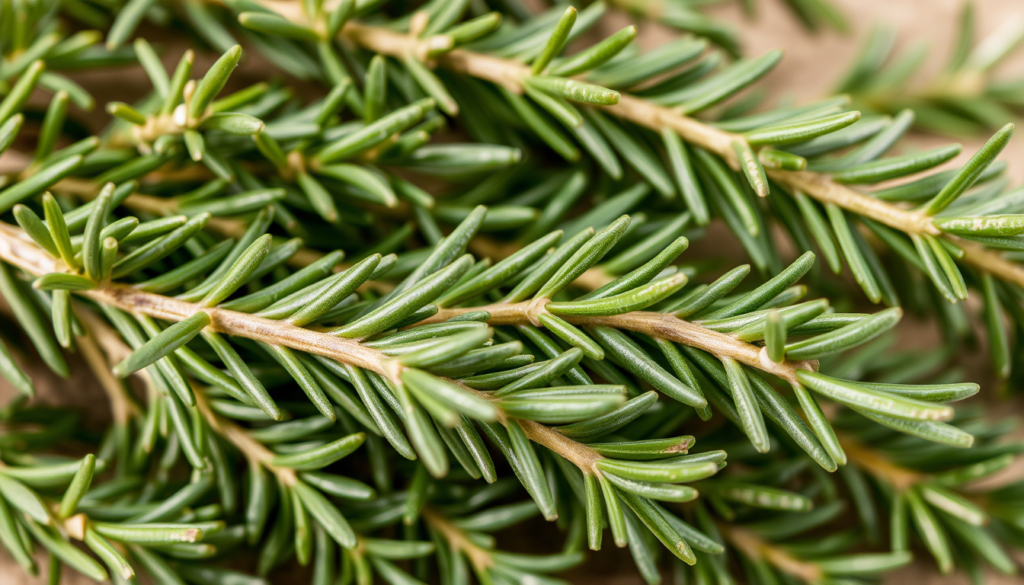
Rosemary is a memory-boosting herb that also provides a fragrant and stimulating tea. With its robust aroma and flavor, it can elevate mood and concentration. Rosemary thrives in well-drained soil with ample sunlight and can be pruned regularly.
11. Dandelion
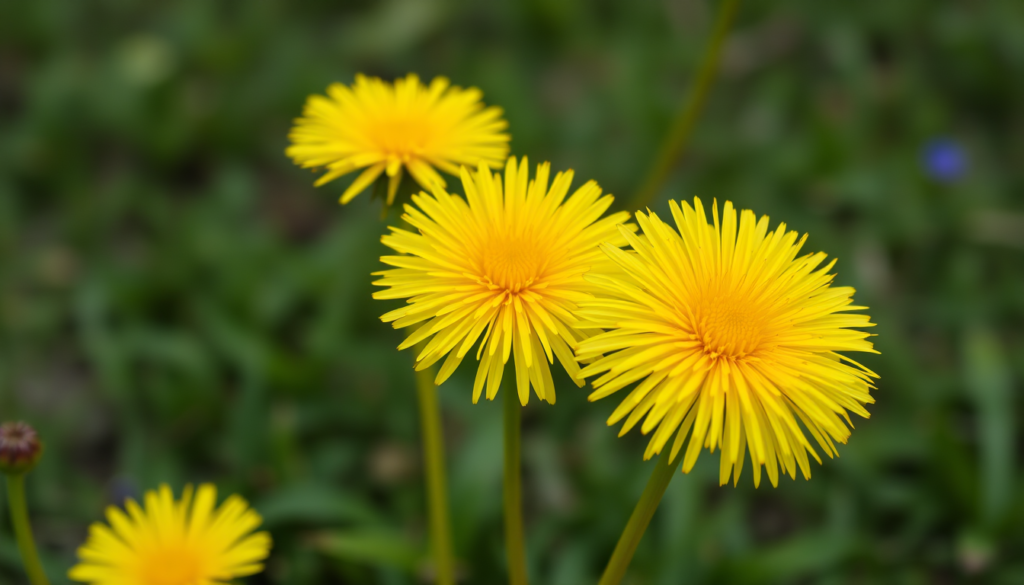
Often considered a weed, dandelion is a powerhouse of nutrients. Its leaves, roots, and flowers are used to detoxify the liver and support digestion. Dandelion thrives in almost any soil and is a great addition to your tea garden for its versatility.
Designing Your Healing Tea Garden with Nature’s Alchemy
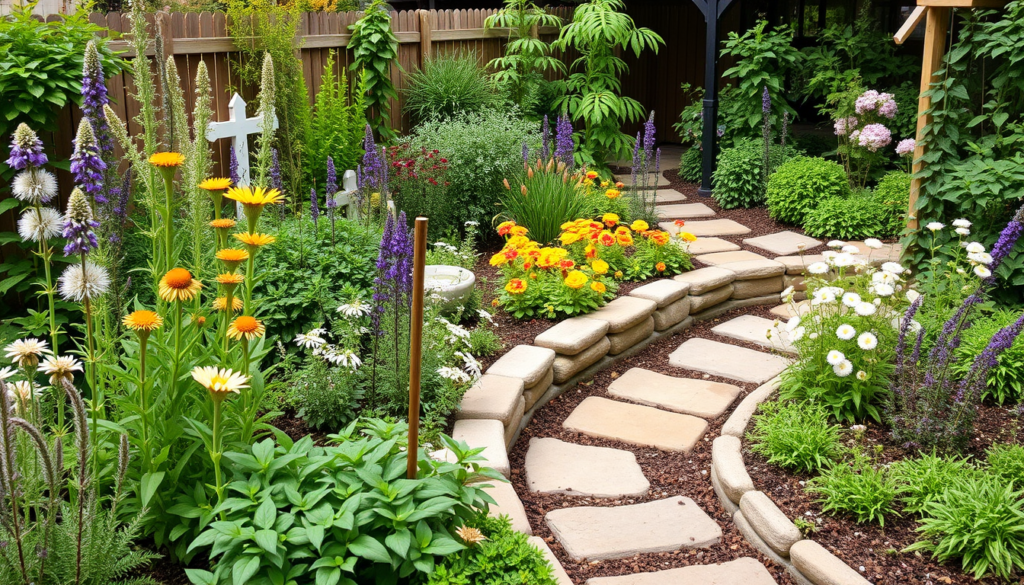
Design your tea garden to maximize both functionality and aesthetics. Consider planting taller herbs like rosemary and echinacea at the back, while placing low-growing herbs like thyme and chamomile in front. Incorporate pathways to access your plants easily and add decorative touches like stone borders or trellises for climbing herbs. Grouping complementary plants can enhance growth and deter pests naturally, ensuring a thriving ecosystem in your garden.
Harvesting and Drying Your Healing Herbs
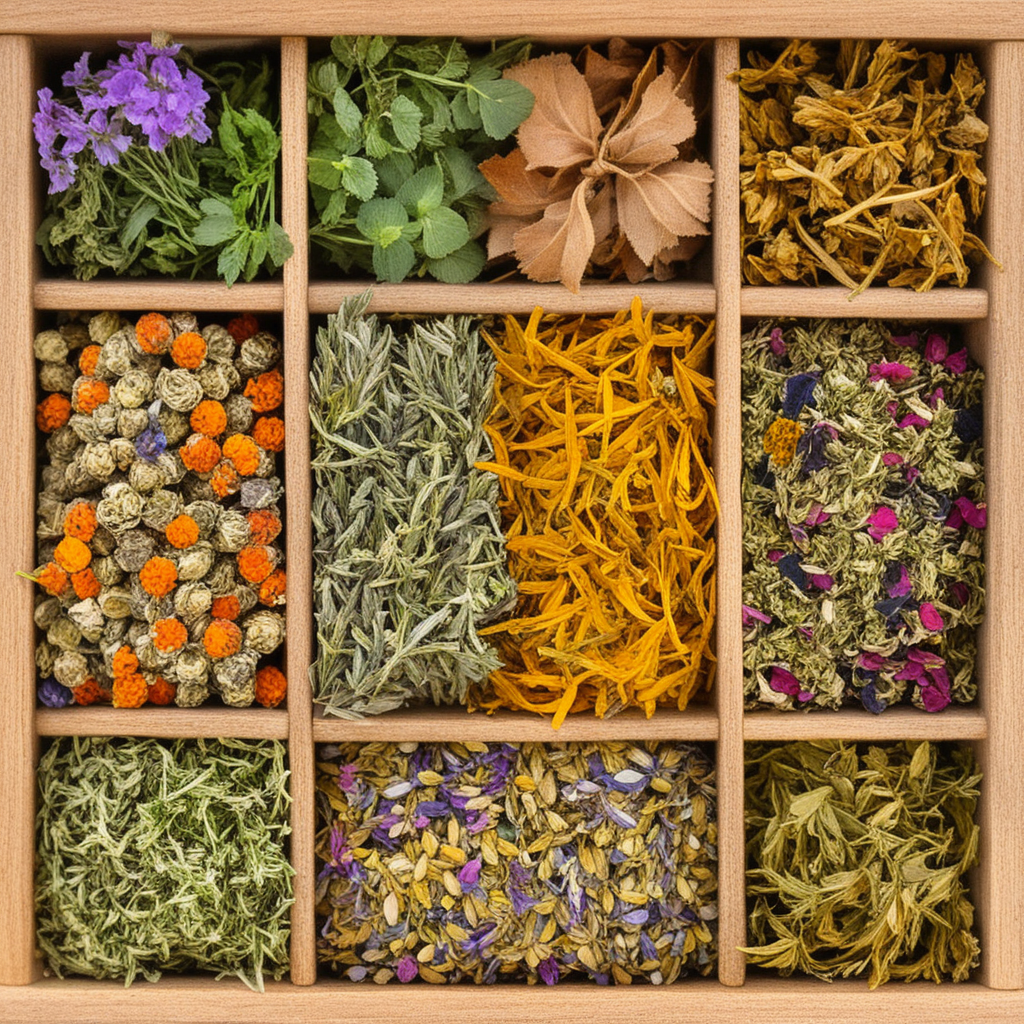
Harvesting herbs at their peak ensures optimal potency and flavor. Most herbs should be picked just before they flower, in the morning after dew has evaporated. Dry your herbs by hanging them in a well-ventilated, shaded area or using a dehydrator. Once dried, store herbs in airtight containers to preserve their freshness. Properly harvested and dried herbs create a versatile apothecary of teas to meet your every need.
Crafting Potions—Brewing Your Healing Teas
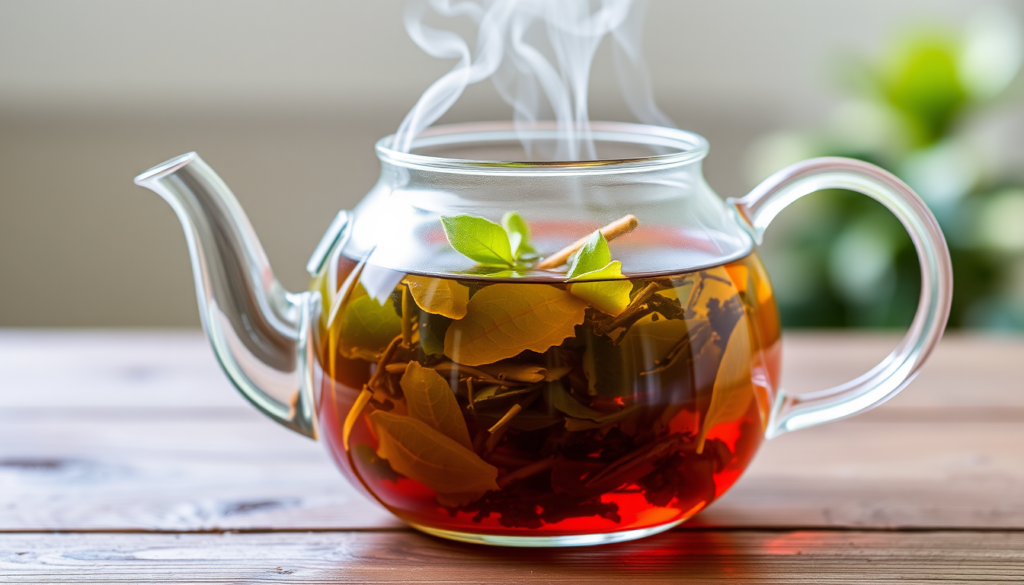
Creating your own tea blends allows you to explore endless combinations. Experiment with flavors, strengths, and aromas to create healing potions tailored to your needs. To brew, use fresh or dried herbs, boiling water, and steep times that vary according to each plant’s characteristics. Sweeten with honey, add a splash of lemon, or mix herbs for a unique, invigorating experience. Let each cup become a ritual that nourishes both body and soul.
Final Thoughts
A healing tea garden is more than just a place to grow herbs—it’s a sanctuary where nature’s alchemy meets human wellness. By cultivating these 11 healing plants, you invite tranquility, health, and a deeper connection to the earth into your life. Enjoy the art of blending flavors and savoring teas that offer comfort, healing, and joy all year round.
